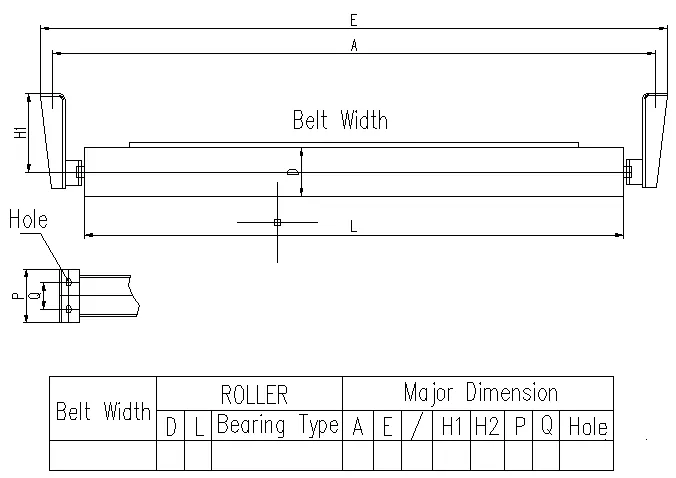 Afrikaans
Afrikaans  Albanian
Albanian  Amharic
Amharic  Arabic
Arabic  Armenian
Armenian  Azerbaijani
Azerbaijani  Basque
Basque  Belarusian
Belarusian  Bengali
Bengali  Bosnian
Bosnian  Bulgarian
Bulgarian  Catalan
Catalan  Cebuano
Cebuano  Corsican
Corsican  Croatian
Croatian  Czech
Czech  Danish
Danish  Dutch
Dutch  English
English  Esperanto
Esperanto  Estonian
Estonian  Finnish
Finnish  French
French  Frisian
Frisian  Galician
Galician  Georgian
Georgian  German
German  Greek
Greek  Gujarati
Gujarati  Haitian Creole
Haitian Creole  hausa
hausa  hawaiian
hawaiian  Hebrew
Hebrew  Hindi
Hindi  Miao
Miao  Hungarian
Hungarian  Icelandic
Icelandic  igbo
igbo  Indonesian
Indonesian  irish
irish  Italian
Italian  Japanese
Japanese  Javanese
Javanese  Kannada
Kannada  kazakh
kazakh  Khmer
Khmer  Rwandese
Rwandese  Korean
Korean  Kurdish
Kurdish  Kyrgyz
Kyrgyz  Lao
Lao  Latin
Latin  Latvian
Latvian  Lithuanian
Lithuanian  Luxembourgish
Luxembourgish  Macedonian
Macedonian  Malgashi
Malgashi  Malay
Malay  Malayalam
Malayalam  Maltese
Maltese  Maori
Maori  Marathi
Marathi  Mongolian
Mongolian  Myanmar
Myanmar  Nepali
Nepali  Norwegian
Norwegian  Norwegian
Norwegian  Occitan
Occitan  Pashto
Pashto  Persian
Persian  Polish
Polish  Portuguese
Portuguese  Punjabi
Punjabi  Romanian
Romanian  Russian
Russian  Samoan
Samoan  Scottish Gaelic
Scottish Gaelic  Serbian
Serbian  Sesotho
Sesotho  Shona
Shona  Sindhi
Sindhi  Sinhala
Sinhala  Slovak
Slovak  Slovenian
Slovenian  Somali
Somali  Spanish
Spanish  Sundanese
Sundanese  Swahili
Swahili  Swedish
Swedish  Tagalog
Tagalog  Tajik
Tajik  Tamil
Tamil  Tatar
Tatar  Telugu
Telugu  Thai
Thai  Turkish
Turkish  Turkmen
Turkmen  Ukrainian
Ukrainian  Urdu
Urdu  Uighur
Uighur  Uzbek
Uzbek  Vietnamese
Vietnamese  Welsh
Welsh  Bantu
Bantu  Yiddish
Yiddish  Yoruba
Yoruba  Zulu
Zulu conveyor idler roller design
Conveyor Idler Roller Design An Essential Component for Efficient Material Handling
In the world of industrial material handling, the conveyor system is a critical element that facilitates the movement of bulk materials across various distances. One of the key components of a conveyor system is the idler roller, which plays a vital role in supporting the conveyor belt and ensuring smooth operation. This article delves into the design principles, functionality, and importance of conveyor idler rollers, emphasizing how effective design can enhance overall system efficiency.
Understanding Idler Rollers
Idler rollers are cylindrical tubes used to support the weight of the conveyor belt and the materials being transported. They are typically mounted on frames and positioned at regular intervals along the conveyor line. The primary function of idler rollers is to provide a surface for the belt to run on, reducing friction and wear while minimizing the load on drive components.
Design Principles
When designing conveyor idler rollers, several critical factors must be considered to ensure optimal performance and longevity
1. Material Selection The choice of materials for idler rollers significantly impacts their durability and performance. Most idler rollers are made from steel or plastic, with steel providing better strength and resistance to heavy loads while plastic offers benefits in corrosion resistance and weight reduction. For applications involving harsh environments, such as chemical exposure, selecting the right material is crucial.
2. Diameter and Length The diameter of the idler roller affects the belt tension and the overall capacity of the conveyor system. Larger diameter rollers can better support heavier loads, while smaller rollers are suitable for lighter applications. The length of the roller should match the conveyor width to ensure proper alignment and prevent belt misalignment.
3. Bearing Type The type of bearings used in idler rollers greatly influences their operational efficiency. Sealed bearings or self-aligning bearings are often preferred as they require less maintenance and exhibit superior performance under varying operational conditions. Proper bearing selection also ensures that the rollers operate with minimal friction, which is critical for energy efficiency.
4. Roller Spacing The spacing of idler rollers is essential for preventing belt sagging and maintaining tension. The distance between rollers should be optimized based on the type of material being conveyed, the overall length of the conveyor, and the specific physical characteristics of the belt. Improper spacing can lead to increased wear on both the roller and the belt, resulting in costly downtime.
conveyor idler roller design

5. Coating and Finish The surface finish of the idler rollers can impact both their wear resistance and the friction between the roller and the conveyor belt. Coatings such as powder coating or galvanization can provide additional protection against environmental factors, thus extending the lifespan of the rollers.
Importance of Proper Design
Investing in well-designed conveyor idler rollers has multiple benefits
- Increased Efficiency Efficient design reduces energy consumption by minimizing friction between the roller and the belt, leading to lower operational costs.
- Enhanced Durability Properly designed rollers mitigate wear and tear, reducing the need for frequent replacements and maintenance.
- Improved Material Flow Well-placed and correctly spaced idler rollers facilitate optimal belt tracking, minimizing the risk of product spillage and ensuring a smooth flow of materials.
- Environmental Impact By optimizing the design, companies can decrease energy use and reduce their carbon footprint, making their operations more sustainable.
Conclusion
In conclusion, the design of conveyor idler rollers is a critical aspect of establishing an efficient material handling system. By focusing on key design parameters such as material selection, diameter, bearing type, roller spacing, and surface finish, engineers can create robust idler rollers that enhance the overall performance of conveyor systems. As industries continue to evolve, embracing innovative designs and technologies will be pivotal in meeting the growing demands for efficiency, reliability, and sustainability in material handling operations. Understanding and implementing these design principles will not only lead to increased productivity but also foster a culture of safety and environmental responsibility in industrial settings.
-
Revolutionizing Conveyor Reliability with Advanced Rubber Lagging PulleysNewsJul.22,2025
-
Powering Precision and Durability with Expert Manufacturers of Conveyor ComponentsNewsJul.22,2025
-
Optimizing Conveyor Systems with Advanced Conveyor AccessoriesNewsJul.22,2025
-
Maximize Conveyor Efficiency with Quality Conveyor Idler PulleysNewsJul.22,2025
-
Future-Proof Your Conveyor System with High-Performance Polyurethane RollerNewsJul.22,2025
-
Driving Efficiency Forward with Quality Idlers and RollersNewsJul.22,2025





























